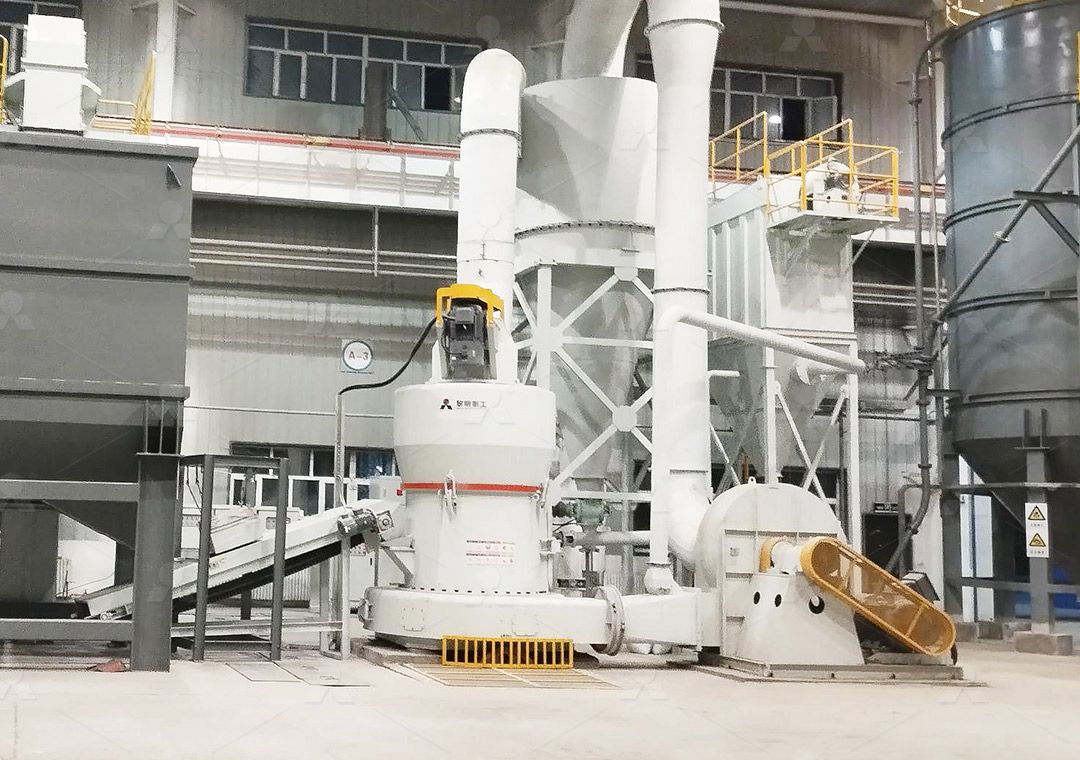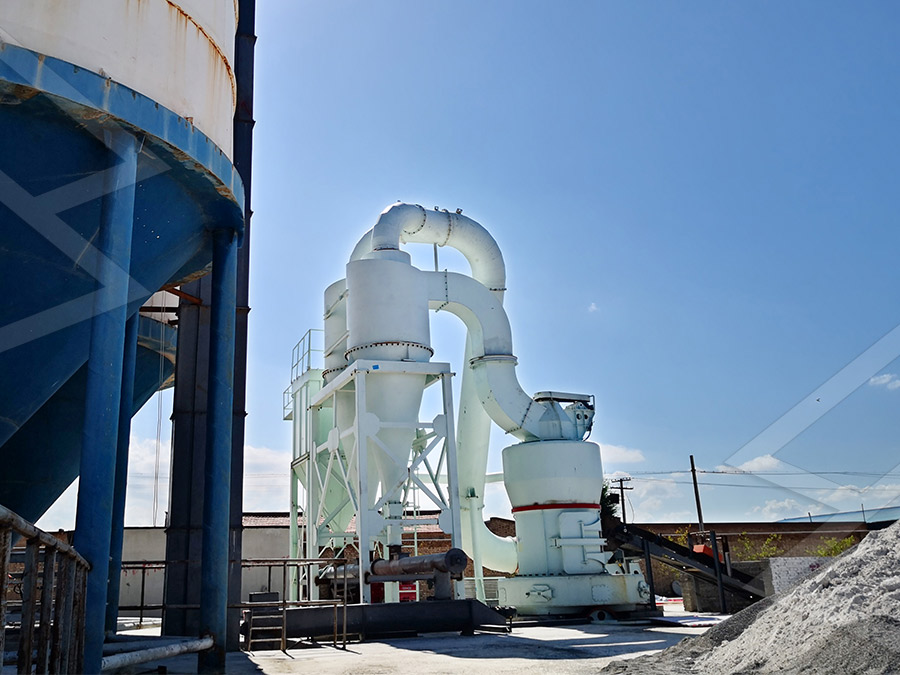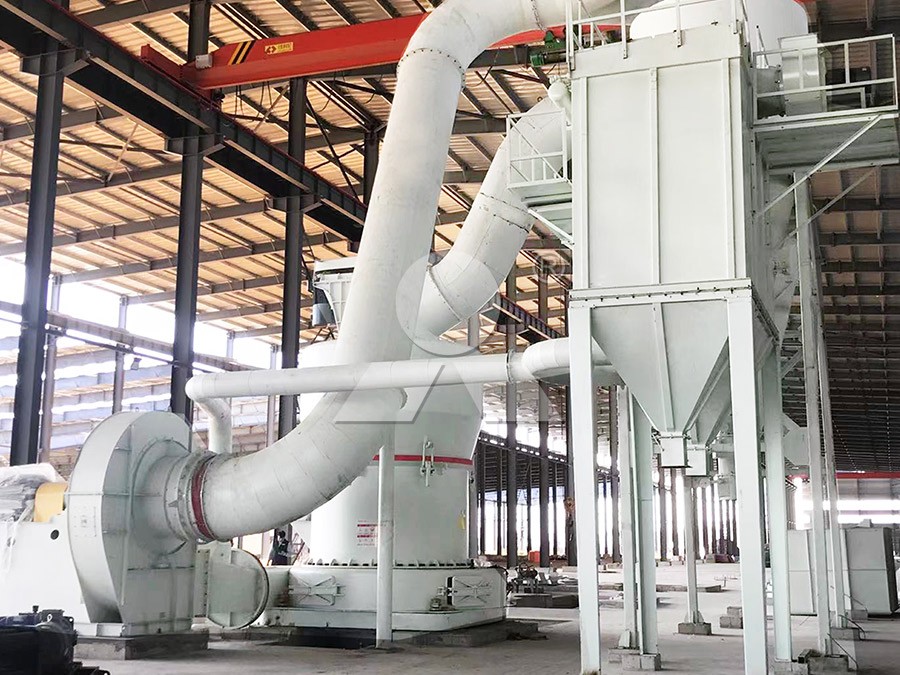Manganese Ore Raymond Mill Grinding Equipment for Mineral Processing
Manganese Ore Raymond Mill Grinding Equipment for Mineral Processing
Manganese ore processing demands robust and efficient grinding solutions to achieve the precise particle sizes required for industrial applications. For decades, Raymond Mill technology has served as a cornerstone in mineral processing operations, offering reliable performance for medium-hardness materials like manganese ore. The unique properties of manganese – including its hardness and abrasiveness – necessitate equipment designed specifically to handle these challenges while maintaining operational efficiency.

Traditional grinding approaches often struggle with manganese’s specific characteristics, leading to excessive wear, high maintenance costs, and inconsistent product quality. Modern Raymond Mill systems have evolved to address these challenges through improved materials, advanced engineering, and smarter operational controls. The key to successful manganese processing lies in selecting equipment that balances grinding efficiency with long-term reliability.
Technical Considerations for Manganese Ore Grinding
When processing manganese ore, several critical factors must be considered. The material’s abrasiveness requires wear-resistant components in the grinding chamber, while the desired fineness for different applications (ranging from 80 to 400 mesh) demands precise classification systems. Additionally, manganese processing often involves strict environmental regulations, making dust control and noise reduction essential features.
The grinding process begins with properly sized raw material, typically reduced to 0-20mm through preliminary crushing. This optimal feed size ensures efficient grinding while minimizing energy consumption. Throughout the process, consistent particle size distribution is crucial for downstream applications in steel production, battery manufacturing, and chemical processes.

Advanced Grinding Solutions
For operations requiring ultra-fine manganese powders, the MW Ultrafine Grinding Mill represents a significant technological advancement. This system processes materials with input sizes of 0-20 mm and capacities ranging from 0.5 to 25 tph, making it ideal for various production scales. The MW series incorporates German cage-type powder selector technology, enabling precise fineness adjustment between 325-2500 meshes with screening rates achieving d97≤5μm in a single pass.
What sets the MW Ultrafine Grinding Mill apart is its innovative design that eliminates rolling bearings and screws within the grinding chamber. This engineering decision prevents common failure points and eliminates machine damage caused by loose fasteners. The external lubrication system allows continuous 24-hour operation without shutdowns for maintenance, significantly improving productivity in manganese processing applications.
Environmental and Operational Benefits
Modern manganese processing facilities face increasing pressure to minimize their environmental footprint. The integration of efficient pulse dust collectors and mufflers in contemporary grinding systems addresses these concerns effectively. These systems operate with minimal dust emissions while reducing noise pollution, ensuring compliance with stringent environmental standards.
The energy efficiency of advanced grinding mills provides substantial operational cost savings. Compared to traditional jet mills and ball mills, modern systems can reduce energy consumption by 30-50% while increasing production capacity by up to 40%. This combination of environmental responsibility and economic efficiency makes upgraded grinding equipment a wise investment for manganese processors.

Frequently Asked Questions
What is the optimal feed size for manganese ore in Raymond Mills?
The ideal feed size is typically below 25mm, with systems like the MW Ultrafine Grinding Mill handling inputs of 0-20mm efficiently. Proper preliminary crushing ensures optimal grinding performance and energy efficiency.
How does the MW Ultrafine Grinding Mill handle manganese’s abrasiveness?
The MW series incorporates wear-resistant materials in critical components and eliminates internal rolling bearings and screws that are vulnerable to abrasive wear. The external lubrication system further protects against contamination from manganese dust.
What fineness can be achieved when grinding manganese ore?
Advanced systems can produce manganese powders ranging from 80 mesh for standard applications to 2500 mesh for specialized uses. The MW Ultrafine Grinding Mill specifically offers adjustable fineness between 325-2500 meshes with high precision.
How do modern grinding systems address environmental concerns?
Contemporary equipment integrates pulse dust collectors that effectively contain manganese dust, along with noise reduction technologies that maintain workplace safety and regulatory compliance.
What maintenance advantages do newer grinding systems offer?
Systems like the MW Ultrafine Grinding Mill feature accessible maintenance points, external lubrication, and designs that minimize common failure points, resulting in reduced downtime and lower long-term operating costs.
